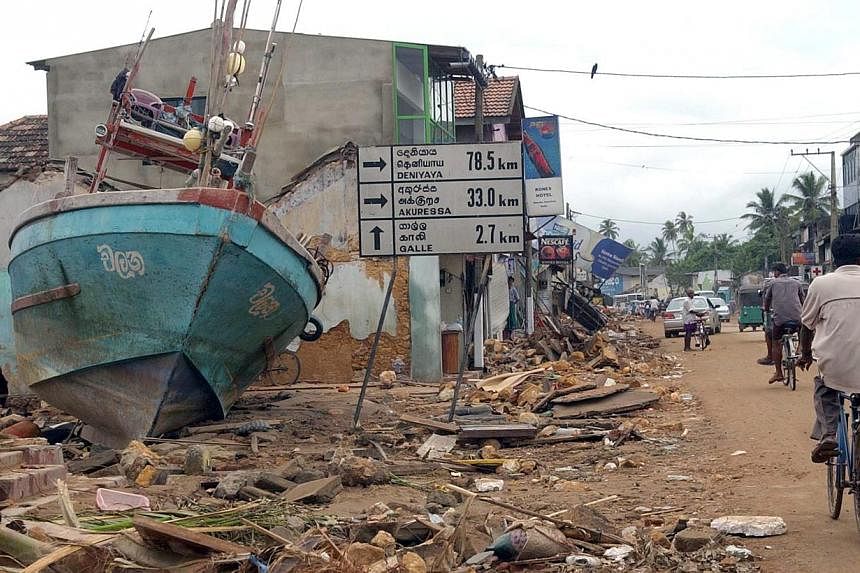Today marks a decade since the 2004 Indian Ocean tsunami swept over coasts in Asia and Africa, leaving death and devastation in its wake.
Triggered by a magnitude 9.1 earthquake off the coast of Sumatra, the tsunami turned out to be the deadliest on record. Over 226,000 people died, most of them from Indonesia, Sri Lanka, India, Thailand, Malaysia, Myanmar, Somalia and the Maldives.
The Straits Times, together with four other newspapers in the Asia News Network, revisit some of the worst-hit places to recount what had happened and assess how well prepared coastal communities are for the next big wave.
Download our e-book special to read accounts from those who survived and how their lives have changed, Manpower Minister Tan Chuan-Jin's reflections on the Singapore Armed Forces' relief efforts in Aceh, and why scientists say Indonesia's Sumatra is sitting on a geological timebomb.
Also, learn how tsunamis happen and the technology used to detect them through interactive graphics and get a glimpse of how local communities live through videos.
The e-book is available on the iPad and Android devices via the Straits Times Star app. Click here to download it.
You may also read the full report online at www.straitstimes.com/oceans-fury

